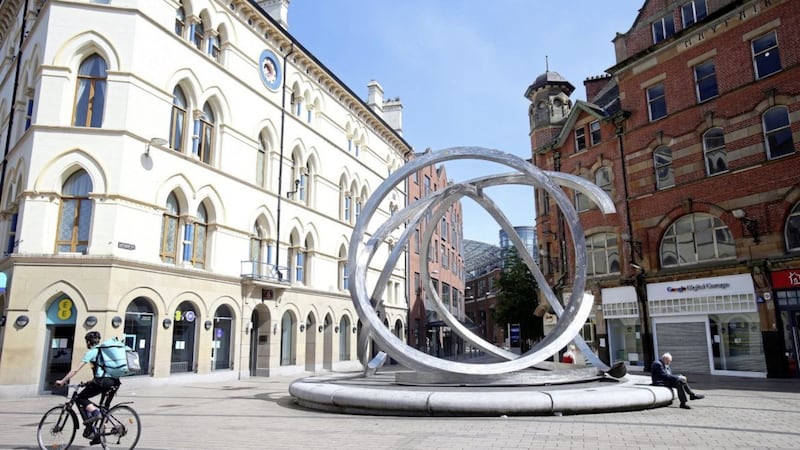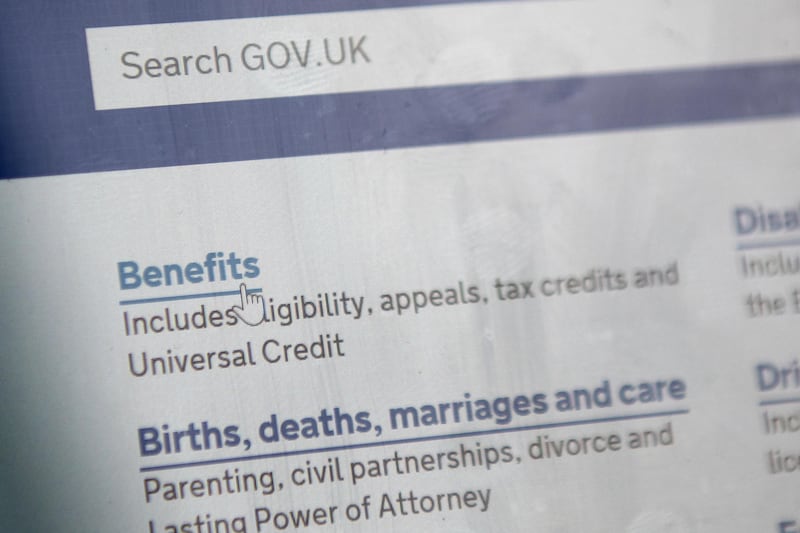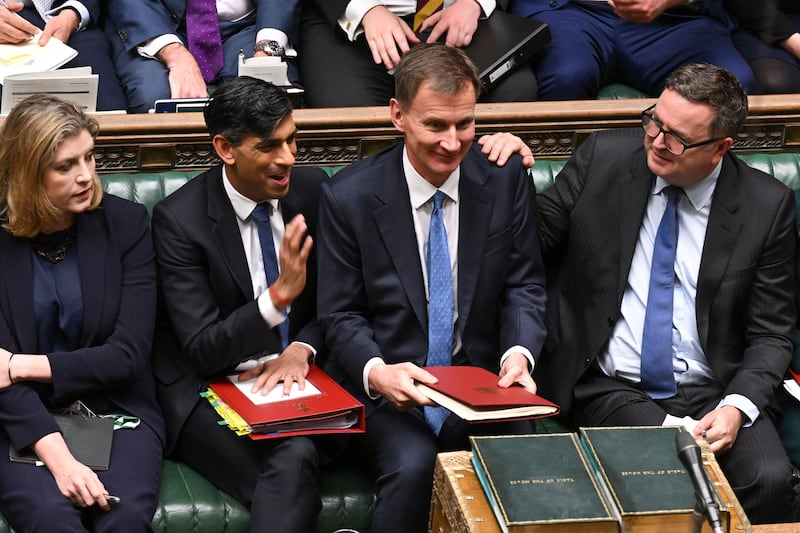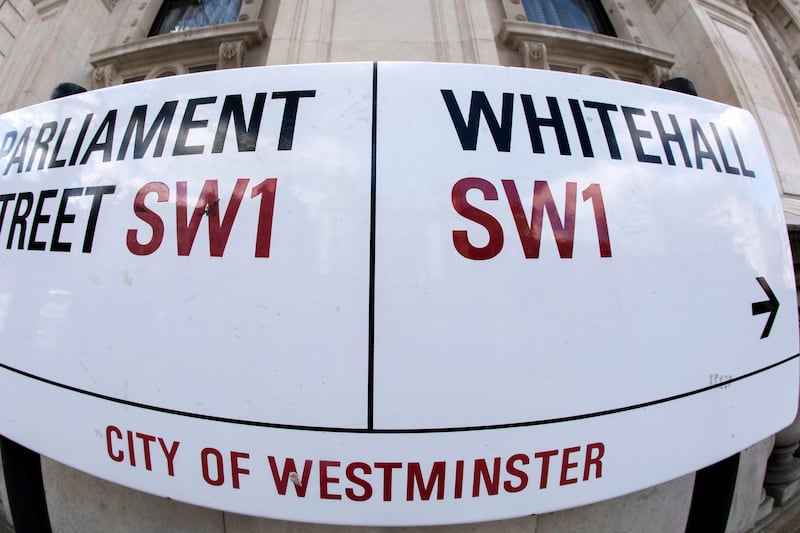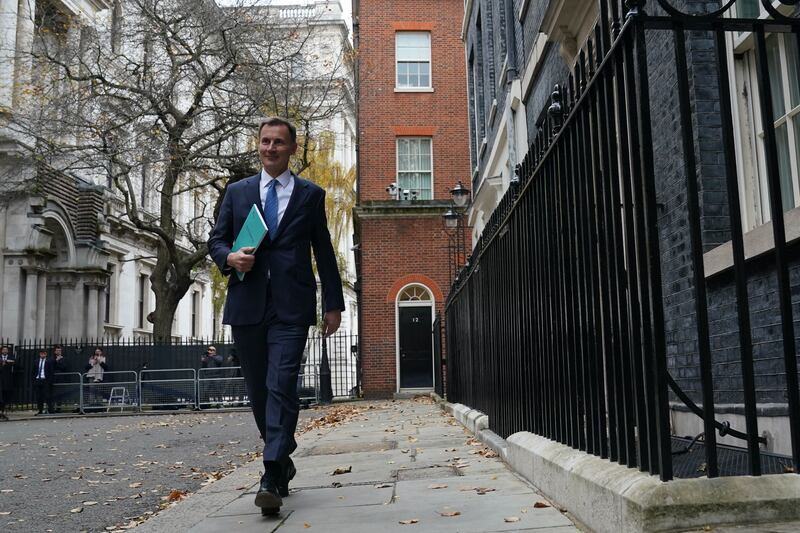THE contraction of the north’s economy due to Covid-19 could be more severe than previously forecast, with house prices sinking and the unemployment rate soaring.
The Office for Budget Responsibility (OBR) said on Tuesday that the "UK is on track to record the largest decline in annual GDP for 300 years", warning that the economy could shrink by as much as 14.3 per cent in 2020.
In its latest set of financial forecasts, it said a worst-case scenario would also not see GDP recover to pre-crisis levels until the third quarter of 2024.
All three OBR scenarios anticipate a fall in house prices, ranging from 3.3 per cent to 16.4 per cent into next year.
Analysis by Stormont’s Department for the Economy recently highlighted how Northern Ireland continues to lag behind the rest of the UK, suffering a 21.5 per cent contraction in April, worse than the 20.4 per cent UK average.
The north’s biggest lender, Danske Bank, now expects the economy here to shrink by 11 per cent this year.
But with OBR’s middling scenario anticipating that UK GDP will shrink by 12.4 per cent this year, it could mean a more severe contraction in Northern Ireland.
That middle scenario also forecasts that UK unemployment will peak at 12 per cent in the fourth quarter of 2020.
Ulster Bank’s chief economist Richard Ramsey said that if that proves to be the case, Northern Ireland’s jobless rate “will be in the teens”.
How high will unemployment rise? That depends in part on how many furloughed workers lose their jobs rather than returning to them #OBRFSR2020 pic.twitter.com/sFSMcQ6i7F
— Office for Budget Responsibility (@OBR_UK) July 14, 2020
OBR’s most optimistic projection, a 10.6 per cent fall in GDP, would still likely leave Northern Ireland worse off than the latest Danske Bank forecast.
However, this scenario also projects that UK GDP could recover to its pre-virus peak by the first quarter of next year.
OBR anticipates that the UK Government’s measures to address the impact of the virus will also result in an "unprecedented peacetime rise in borrowing" this year, to between 13 per cent and 21 per cent of GDP, with the fiscal watchdog currently predicting borrowing of £322 billion.
Despite a recovery in output starting in May, the OBR said it assumes that GDP for June will be "20 per cent below its level in February".
The regulator said it therefore expects that GDP will have fallen 21 per cent in the second quarter of the year, following a two per cent fall estimated by the Office for National Statistics (ONS) for the first three months of 2020.
GDP grew 1.8% in May but was still 24.5% below its level in February, before the full impact of the #coronavirus struck https://t.co/2Ac5CXhKja pic.twitter.com/kfe664wUlm
— Office for National Statistics (ONS) (@ONS) July 14, 2020
In its April scenario, the OBR pencilled in a 35 per cent plunge in GDP for the three months to June, before a relatively quick rebound in activity.
Earlier on Tuesday, the ONS said that UK GDP grew by 1.8 per cent in May following the easing of the lockdown but remained a quarter below its pre-pandemic levels.
This figure was also far short of the five per cent rise predicted by a consensus of economists.
The OBR report, expected to be the final publication before Robert Chote steps down as chairman in October, also said that Government policy interventions announced before June 26 raised its borrowing projections by around £142 billion for the financial year, in its middling scenario.
Measures introduced in the Chancellor's summer statement last week could add a further £50 billion to borrowing for the year, it added.
